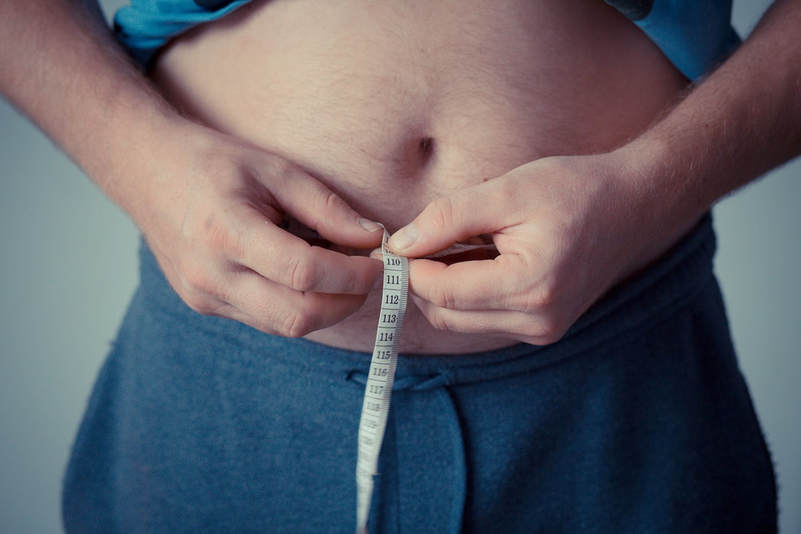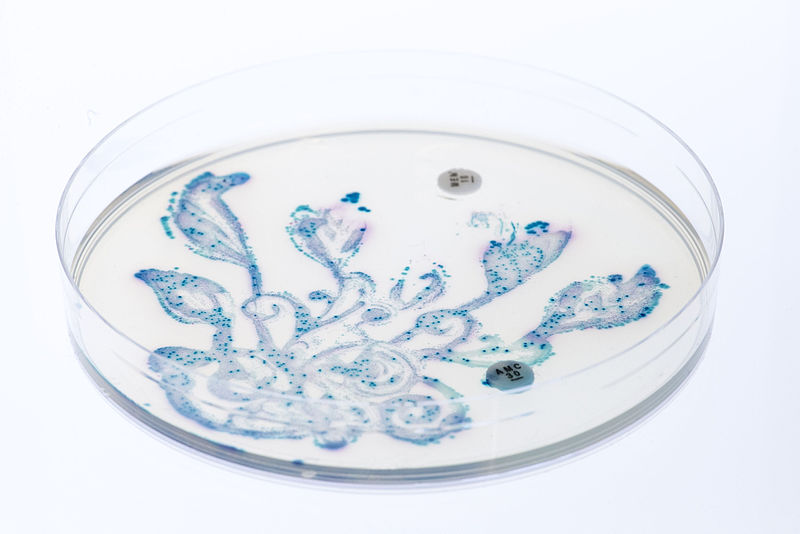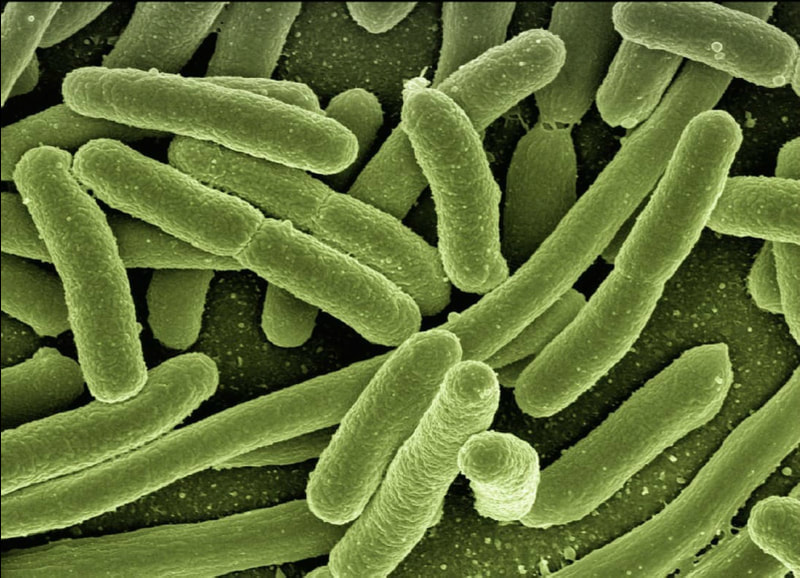Obesogens: The Hidden Reason for Gaining Weight
An obesity crisis exists in the United States. Diet recipes and exercise programs sweep the nation as society attempts to combat the scaling percentages of obesity, now affecting more than 35% of American adults and almost 17% of all American children. However, what if eating habits and “laziness” weren’t the only things making Americans fat? What if there were a hidden factor that was contributing to weight gain? That’s where the sinister-sounding “obesogens” come in.
What exactly is an obesogen? An obesogen is a term coined by University of California, Irvine biology professor Bruce Blumberg in 2006 to describe any type of chemical that can affect metabolic processes and, possibly, predispose a person to potential fat gain. Obesogens directly interact with fat cells, whose main purpose in the body is to serve as both energy storage and energy providers. These fat cells also serve as endocrine organs, which send out signals called hormones to affect and trigger metabolism or appetite. When exposed to obesogens, fat cells may become bigger or even multiply while others may affect hormones. These changes could lead to changes in appetite or even food preferences. For example, when mice were exposed to the obesogen tributyltin (TBT), it activated a protein that, in turn, triggered adipogenesis, the creation of new fat cells. Upon studying the effects of TBT, Dr. Bruce Blumberg concluded it had an adverse influence on exposed animals, inducing increased production of fat cells. TBT and other obesogens can even influence fat production in fetuses during pregnancy, predisposing a fetus to unhealthy fat development before it leaves the womb.
What exactly is an obesogen? An obesogen is a term coined by University of California, Irvine biology professor Bruce Blumberg in 2006 to describe any type of chemical that can affect metabolic processes and, possibly, predispose a person to potential fat gain. Obesogens directly interact with fat cells, whose main purpose in the body is to serve as both energy storage and energy providers. These fat cells also serve as endocrine organs, which send out signals called hormones to affect and trigger metabolism or appetite. When exposed to obesogens, fat cells may become bigger or even multiply while others may affect hormones. These changes could lead to changes in appetite or even food preferences. For example, when mice were exposed to the obesogen tributyltin (TBT), it activated a protein that, in turn, triggered adipogenesis, the creation of new fat cells. Upon studying the effects of TBT, Dr. Bruce Blumberg concluded it had an adverse influence on exposed animals, inducing increased production of fat cells. TBT and other obesogens can even influence fat production in fetuses during pregnancy, predisposing a fetus to unhealthy fat development before it leaves the womb.
Image Source: derneuemann
In some cases, no matter how low the exposure, this has irreversible consequences. One example is nicotine, an obesogen commonly found in cigarettes. Babies born to smoking mothers are often underweight, and this can, as developmental biologist Retha Newbold explains, cause the baby to overcompensate for this low birth weight, resulting in increased fat production and inducing weight gain during infancy and childhood. These and other adverse effects are causes for concern, especially since obesogens can be found commonly in everyday life. Bisphenol A (BPA), a chemical used in food packaging and cash register receipts, and perfluorooctanoic acid (PFOA), used in stain repellent and clothing, are just two examples of obesogens that a typical person could encounter multiple times a day.
How, then, should these chemicals be combatted, given their widespread presence? Well, researchers still aren’t too sure; for now, Dr. Blumberg suggested limiting exposure to plastic, a common obesogen-containing material. Since obesogens are a relatively new field of study, it will take time for researchers to come up with specific strategies to counteract their effects on weight gain. For now, it’s safe to say that a more nuanced approach to obesity is necessary, as it seems like there’s a lot more on the table than just McDonald’s.
How, then, should these chemicals be combatted, given their widespread presence? Well, researchers still aren’t too sure; for now, Dr. Blumberg suggested limiting exposure to plastic, a common obesogen-containing material. Since obesogens are a relatively new field of study, it will take time for researchers to come up with specific strategies to counteract their effects on weight gain. For now, it’s safe to say that a more nuanced approach to obesity is necessary, as it seems like there’s a lot more on the table than just McDonald’s.
Featured Image Source: jarmoluk
RELATED ARTICLES
|
Vertical Divider
|
Vertical Divider
|
Vertical Divider
|






